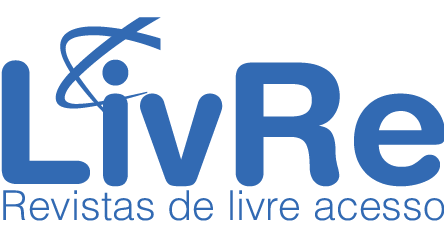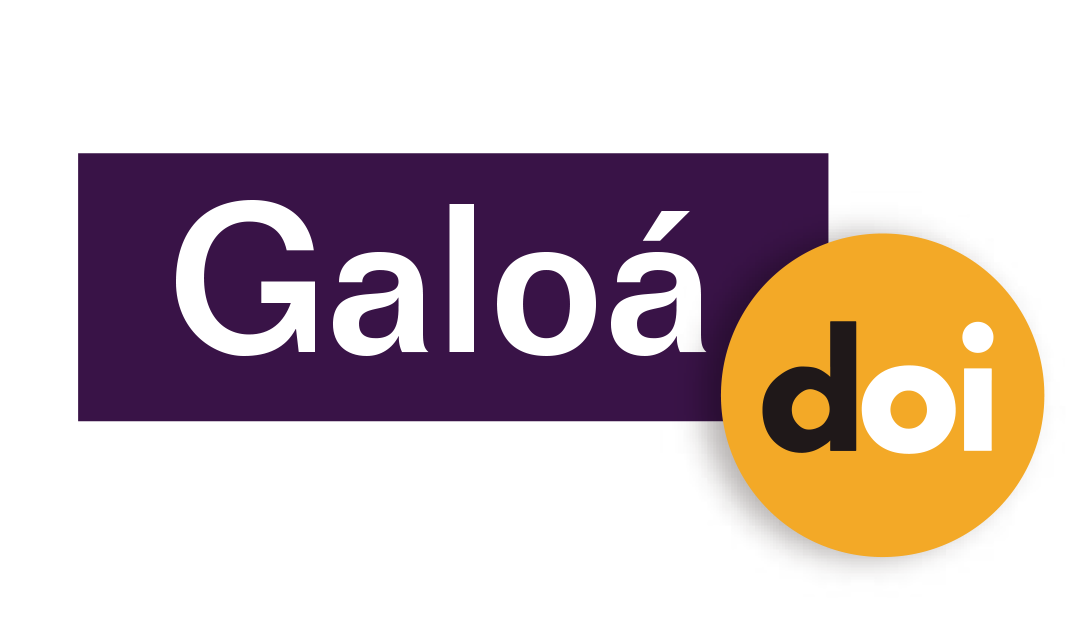The Role of the Ostensives in Understanding Quantitative Statistical Variables
Resumo
Background: One of the main challenges of teaching statistics in basic education is the treatment of quantitative statistical variables because, besides the calculations involved in the abstract measures, understanding the behaviour of these variables and the meaning of their statistics is complex by their very nature. In this sense, using manipulable concrete materials and the student’s action as ostensive mathematical objects in the management and representation of this type of variable can help understand them. Objectives: this research investigates how the concrete manipulable materials and the student’s action contribute to understanding and representing quantitative statistical variables in different registers. Design: we make theoretical reflections on the active use of the ostensive objects in the representation and transformation of data into statistics – tables, graphs, and summary measures – in basic education based on the anthropological theory of the didactic and the theory of registers of semiotic representation. Data collection and analysis: this is a theoretical study that uses results already published in related research. Results: the analyses point out that the use of the ostensive objects helps students’ understand the statistical concepts and that from this point on, they represent and transform the representations of statistical information in different registers more fluidly. Conclusions: the study reveals that using the ostensives and the students’ actions in managing statistical concepts is a fundamental aspect of learning.
Palavras-chave
Quantitative statistical variables; Statistical data; Concrete manipulable material; Student actions; Ostensives
DOI: https://doi.org/10.17648/acta.scientiae.6532
Apontamentos
- Não há apontamentos.
Direitos autorais 2021 Irene Mauricio Cazorla, Afonso Henriques, Gleidson Santos Correia, Cláudio Vitor Santana

Esta obra está licenciada sob uma licença Creative Commons Atribuição 4.0 Internacional.
ANÚNCIOS
Informamos que, a partir de outubro de 2024, a revista Acta Scientia volta a aceitar submissões de artigos para publicação.
Mais, informamos que sites fraudulentos, https://periodicos-ulbrabr.org e https://periodicos-ulbrabra.org, estiveram se passando pela Acta Scientiae, utilizando nosso nome e identidade visual e até solicitado taxas de APC, que nós não cobramos. Aconselhamos cautela para evitar serem enganados por sites semelhantes.
Conceito A2 na Capes(2021)
Índice h5 do Google Scholar: 13
Índice mediana h5 do Google Scholar:24
eISSN: 2178-7727
Indexações:
A Acta Scientiae é indexada em: | Scopus |  | Latindex |  | Edubase (SBU/UNICAMP) |
 | Sumarios.org |  | Google Scholar |  | Portal LivRe (CNEM) |
 | Journals for Free |  | REDIB |  | Galoá DOI |

Todos os trabalhos publicados aqui estão sob uma licença Creative Commons - Atribuição 4.0 Internacional.
